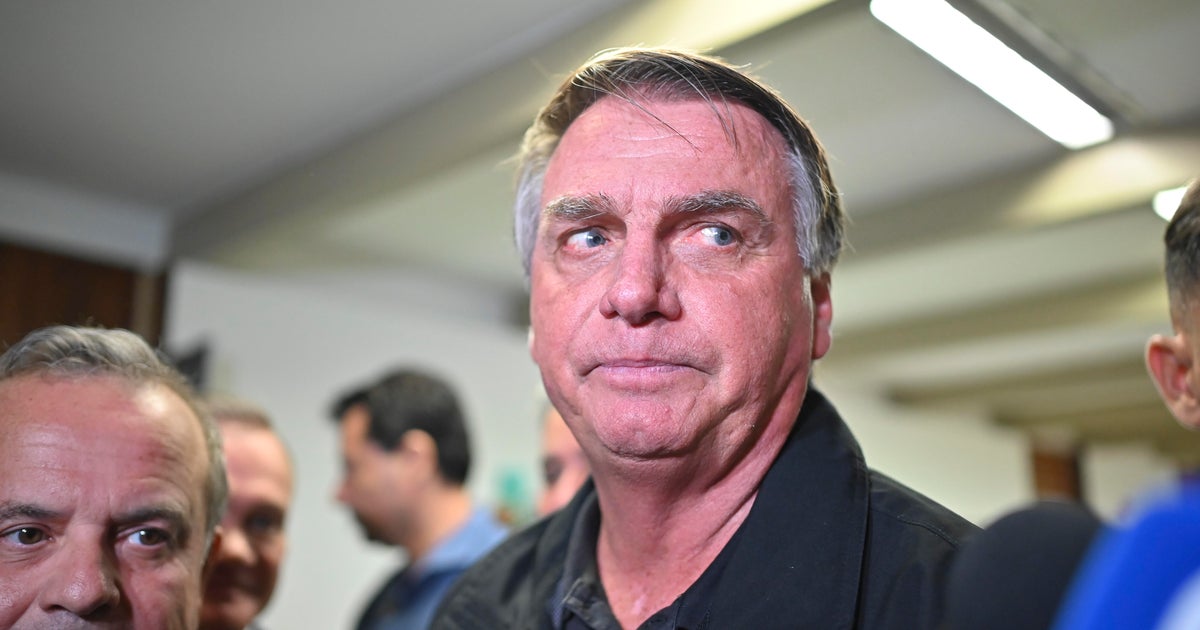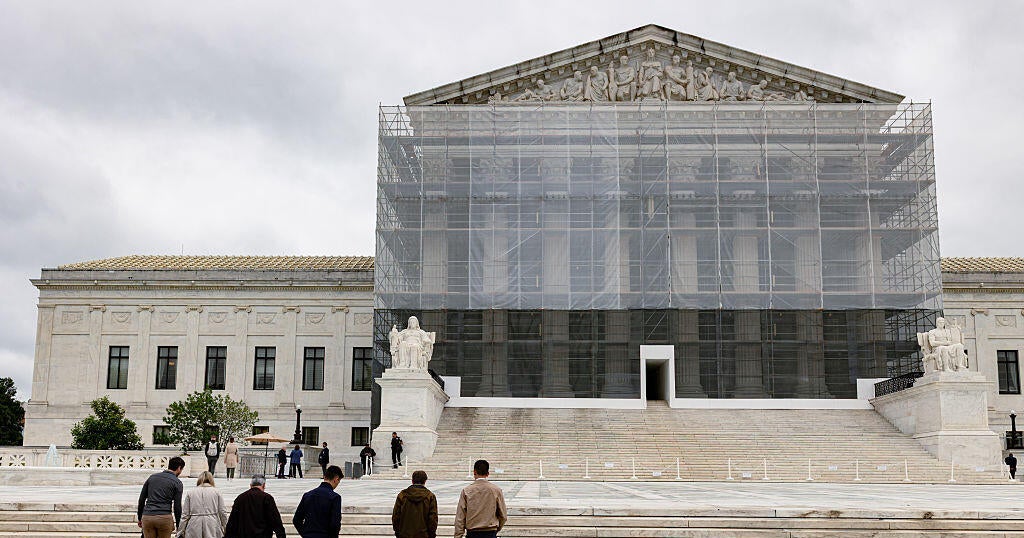

Officials at the Federal Reserve were split over the most likely trajectory for interest rates this year as opinions diverged over the economic impact of President Trump’s policies, minutes from the central bank’s latest meeting showed.
The record of the June meeting, released on Wednesday, underscored the high degree of support among policymakers up until this point for the Fed to take its time before restarting interest rate cuts that it paused in January.
Last month’s policy decision, which kept interest rates at 4.25 percent to 4.5 percent, was unanimously endorsed. According to the minutes, the decision reflected a widely held view that the Fed was “well positioned to wait for more clarity on the outlook for inflation and economic activity” given that the economy was still solid despite policy settings tuned to keep a lid on inflation.
But the discussion at the June gathering made clear that officials’ views have begun to splinter over the trajectory for interest rates in the coming months.
The minutes noted that most policymakers thought “some reduction” in interest rates would be appropriate on the basis that “upward pressure on inflation from tariffs may be temporary or modest, that medium- and longer-term inflation expectations had remained well anchored, or that some weakening of economic activity and labor market conditions could occur.”
“A couple” of policymakers indicated an openness to cut interest rates as soon as the next meeting at the end of this month, while another cohort thought the rates could stay on hold all year. Their argument reflected concern that “upside risks to inflation remained meaningful” as well as the possibility that the economy would remain “resilient.”
Projections released by the Fed in June reflected these divisions. While most officials penciled in half a percentage point’s worth of cuts this year, nine of the 19 Fed policymakers forecast less than that. Seven officials thought the Fed should opt against any further reductions this year, while two predicted just one quarter-point move.
Several policymakers thought the Fed’s current settings were not far above what is considered a neutral level that neither revs up nor reduces economic growth, suggesting that even if the central bank restarts interest rate cuts it may opt for only a few rather than aggressively lowering borrowing costs.
Only two officials predicted that the central bank would cut by three-quarters of a percentage point this year.
Over that same period, policymakers penciled in slower growth than they did three months earlier, as well as higher unemployment and higher inflation. That combination carries the whiff of stagflation, which would complicate the Fed’s policy decisions. When setting interest rates, the central bank aims to achieve low, stable inflation and a healthy labor market. A stagflationary environment would risk pitting those two goals against each other.
The minutes acknowledged that possibility, noting that the risks of higher inflation and a weaker labor market were still “elevated” despite having “diminished” since the previous meeting in May.
Most participants were concerned that Mr. Trump’s tariffs could have “more persistent effects on inflation” and, over time, influence Americans’ perception about future inflation. The impact could be delayed if businesses held off on raising prices until they ran down inventories they stockpiled this year in anticipation of the tariffs. It also could be more muted if companies decided to absorb more of the cost increases than currently expected or the administration reached trade deals with trading partners. Policymakers noted that the price pressures could be more pronounced if tariffs snarled supply chains, leading to shortages.
According to the minutes, policymakers also worried that higher levies and the uncertainty surrounding those rates could weigh on the labor market.
Officials emphasized in their discussions that if the labor market weakened “materially” or inflation continued to recede, there would be scope for the Fed to ease policy. If the opposite occurred and inflation flared up while the economy stayed solid, that would prompt officials to maintain what officials described as a “more restrictive stance of monetary policy than would otherwise be the case.”
In the weeks since the last meeting, Jerome H. Powell, the Fed chair, defended the central bank’s wait-and-see approach to cutting interest rates even as he left the question of timing open-ended.
“We are going meeting by meeting,” Mr. Powell said on a panel with the heads of other leading central banks last week. “I wouldn’t take any meeting off the table or put it directly on the table. It’s going to depend how the data evolve.”
The two officials to make a more explicit case for a cut as early as the next meeting are Christopher J. Waller, a governor, and Michelle W. Bowman, the Fed’s vice chair for supervision. Both were nominated by Mr. Trump and have argued that price pressures tied to tariffs may end up being more temporary than once feared.
But Mr. Trump has since announced fresh levies on some of the country’s biggest trading partners as well as crucial imports, like copper, and Republicans passed an enormous package of tax and spending cuts that is poised to swell the deficit. The Fed must also contend with Mr. Trump’s immigration crackdown, which has already started to leave an imprint on the labor market.
The economy has so far remained resilient in the face of these seismic policy changes, although economists worry that could soon change. The labor market has already started to show some signs of slowing down, and Americans have pulled back on their spending. One reprieve is that consumer prices have stayed muted until this point. The question economists are now grappling with is when that might change.
Mr. Powell has previously said that the Fed expects inflation to move higher this summer and that its goal is to ensure that these price pressures do not morph into a bigger problem.







-3.png)



